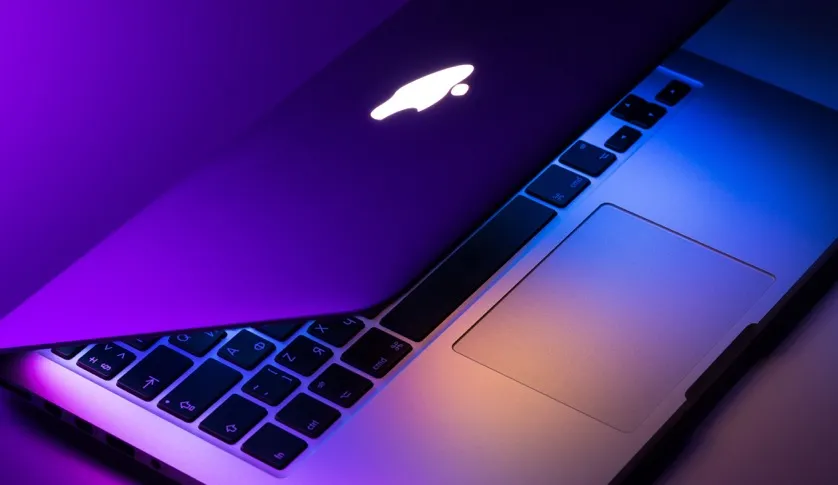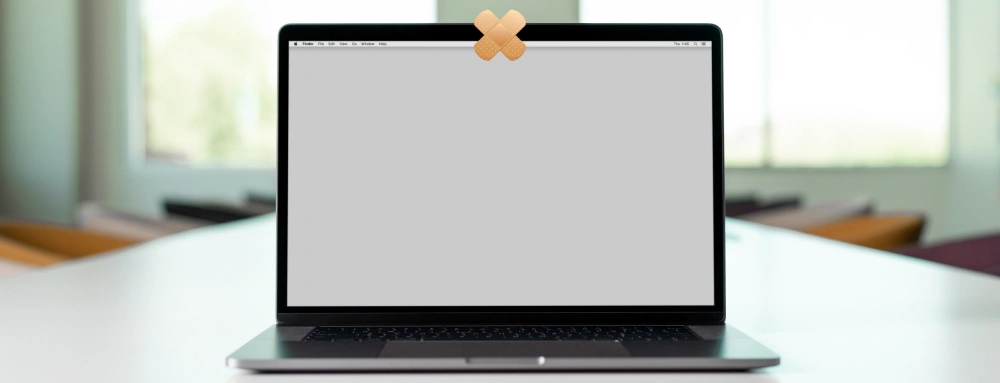Do you ever feel like your MacBook’s camera might be a source of security vulnerability? You’re not alone. A lot of people have been wondering if they should cover the camera up at all times, in order to protect their privacy. However, there are also those who believe that as long as basic security measures are taken, there is no need for such extremes.
So what’s the truth? Here are three things you need to know about MacBook camera covers. Read on to find out more and decide for yourself.
Do I Need to Put a Cover on My MacBook Camera?
Though it may seem paranoid, covering your MacBook’s camera can help to give you peace of mind. While there are many settings and security configurations that can help you to prevent malicious actors from gaining access to your computer, a physical cover can give you an extra sense of security.
In today’s world, where we are constantly sharing our personal information online, it is important to be as proactive as possible when it comes to protecting our privacy. So, if you’re feeling particularly security-conscious, putting a cover on your webcam can be the solution for your peace of mind.
But is it really necessary or safe to do? Let’s see what Apple says about this.
What Does Apple Say About MacBook Camera Cover?
Apple recently came under fire for advising users not to cover their MacBook cameras. The company claimed that doing so could damage the display or screen. However, many people are concerned about privacy and want to take measures to prevent others from spying on them. So why does Apple discourage people from covering their cameras? And what other steps can users take to protect their privacy?
To understand Apple’s position, it’s important to know how the MacBook camera works. The camera is designed to protect user privacy with several features, such as a green camera indicator light and control access settings. When the light is on, it means the camera is active and someone could be watching. The control access setting allows users to determine which apps can use the camera. So if an app doesn’t have permission to use the camera, it won’t be able to turn on the light.

Now, why does Apple discourage people from covering their cameras? The answer lies in the design of the MacBook. The camera is positioned close to the display, and covering it can cause scratches or other damage. In addition, the pressure from a cover can cause the display to distort. For these reasons, Apple recommends that users don’t cover their MacBook cameras.
There are other ways to protect your privacy, of course. If you’re concerned about someone spying on you through your camera, you can disable it entirely in the control access setting. Or you can simply put a piece of tape over the lens when you’re not using it.
The Safest Way to Cover Your MacBook Camera
Although Apple has come out and said that covering your MacBook camera is unnecessary and could even damage the display, some people still feel insecure about leaving their camera uncovered. Well if you are in a situation where covering the camera is necessary, here is the safest way to do that without risking damaging your Mac display.

According to Apple, these are the guidelines:
- The camera cover should not be any thicker than 0.1 mm, which is the thickness of an average piece of printer paper.
- Make sure your camera cover doesn’t leave a sticky residue.
- If your camera cover is thicker than 0.1 mm, take it off before you close your laptop.
But that is pretty impossible to have, don’t despair if you can’t find the perfect camera cover to meet stringent 0.1 mm requirements, and you don’t want to repetitively fiddle with taking covers on and off each time you want to close your laptop. Even without a ready-made solution, there’s still an easy way out. Follow our steps and create your own customized camera protection.
- Use a sticky note, and cut it into a piece where there is an adhesive part and a non-adhesive part. or cut a piece of thin masking tape and cover it with a piece of paper so it makes a portion of non-adhesive area.
- Cover the camera and place the non-adhesive part on the lens.
- When you take it off, use the non-adhesive part to pull, the sticky residue will only leave outside of the lens so it won’t create visual noise for your camera.
Hope it helps :)
